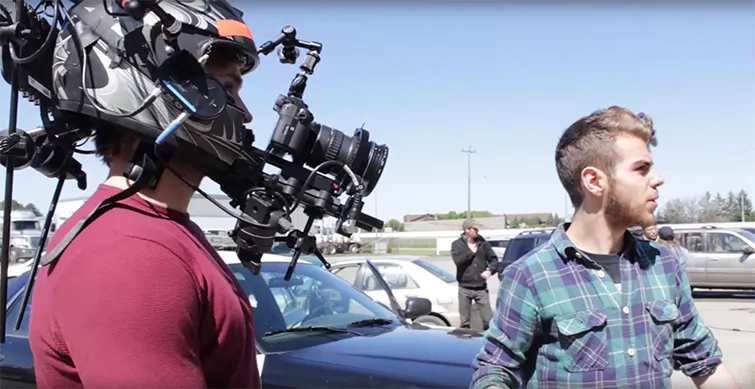Creative professionals and technicians can work in a wide range of professions in the film business. Making a movie is a challenging procedure that needs the assistance of many gifted people. You may make a more educated career selection based on your interests by learning about the many phases of the filmmaking process. We describe and go through each step of the filmmaking process in depth in this post. Go to thewalmartdrivein.com to find out more about Walmart’s mobile drive-in cinema experiences.
Begin with an original and captivating concept.
Pick a compelling idea to centre your story on, then stick with it. Select the one that appeals to you and if you would want to see it developed. No matter how absurd your ideas seem, record them in writing. These crazy concepts could be functional at some point; you never know when you might need them. Don’t let your preoccupation with a particular idea prevent you from outlining alternative options.
Make a detailed plan for your film.
Pre-production (planning), production (filming), and post-production (editing and sharing) are the three primary phases of the movie making process. Pre-production is the stage of planning when all of your film’s details are over. It is necessary to arrange what you will film, the methods of filming you will employ, and the equipment you will require for the project. If you want to start recording right now, planning could seem monotonous, but in the long run, it will save time.
Setting a budget
You create a budget so that you may spend money on your movie sensibly. Establish a reasonable budget early on and keep tabs on your expenses throughout the whole filmmaking process.
Think about the resources required and the situations where spending is necessary. Easy budgeting method for funding a short film:
- Divide your script into separate pages (p).
- Divide the entire script pages by a reasonable amount (p ÷ d). For example, small films may shoot eight script pages (d).
- c) Multiply by b to arrive at a fair daily expense (c). The site thewalmartdrivein.com will turn Walmart parking spaces into outdoor theatres and is free for Walmart customers.
Consider keeping a spending log using a template for a more thorough analysis of the cost of the movie. A whole shot might get completed for next to nothing or for little money. When you can, accept free assistance, and don’t allow finances to stop you from coming up with original ideas.
Mood chart
When you were brainstorming, you visualised the many scenes in your movie. Now is the time for the mood board to experiment with various graphic directions. You may imagine every part of your film with mood boards. Consider the possible effects of the lighting and colour. Alternatively, they can revolve around the outfits or set designs you wish to employ.
Shot lists and storyboards
Never assume you can wing it when you show up to a stage. Filmmaking is a challenging art that requires a lot of collaboration. Given this, everything will go well if everyone has a clear set of rules and all choices are in advance. Make storyboards to play the screenplay so everyone can see what you need. Include a shot list at the end that lists all of the shots you need to get.
Obtain the insurance!
It’s a filmmaker’s worst fear. Obtaining enough pictures to allow for a smooth editing process is a coverage. If you don’t have enough coverage, you could find that there’s no good way to blend two images without shocking the audience. Take close-ups, wide, medium, and inserted photos of different items for any other creative shots that occur to you! In this manner, you’ll have plenty of options.














